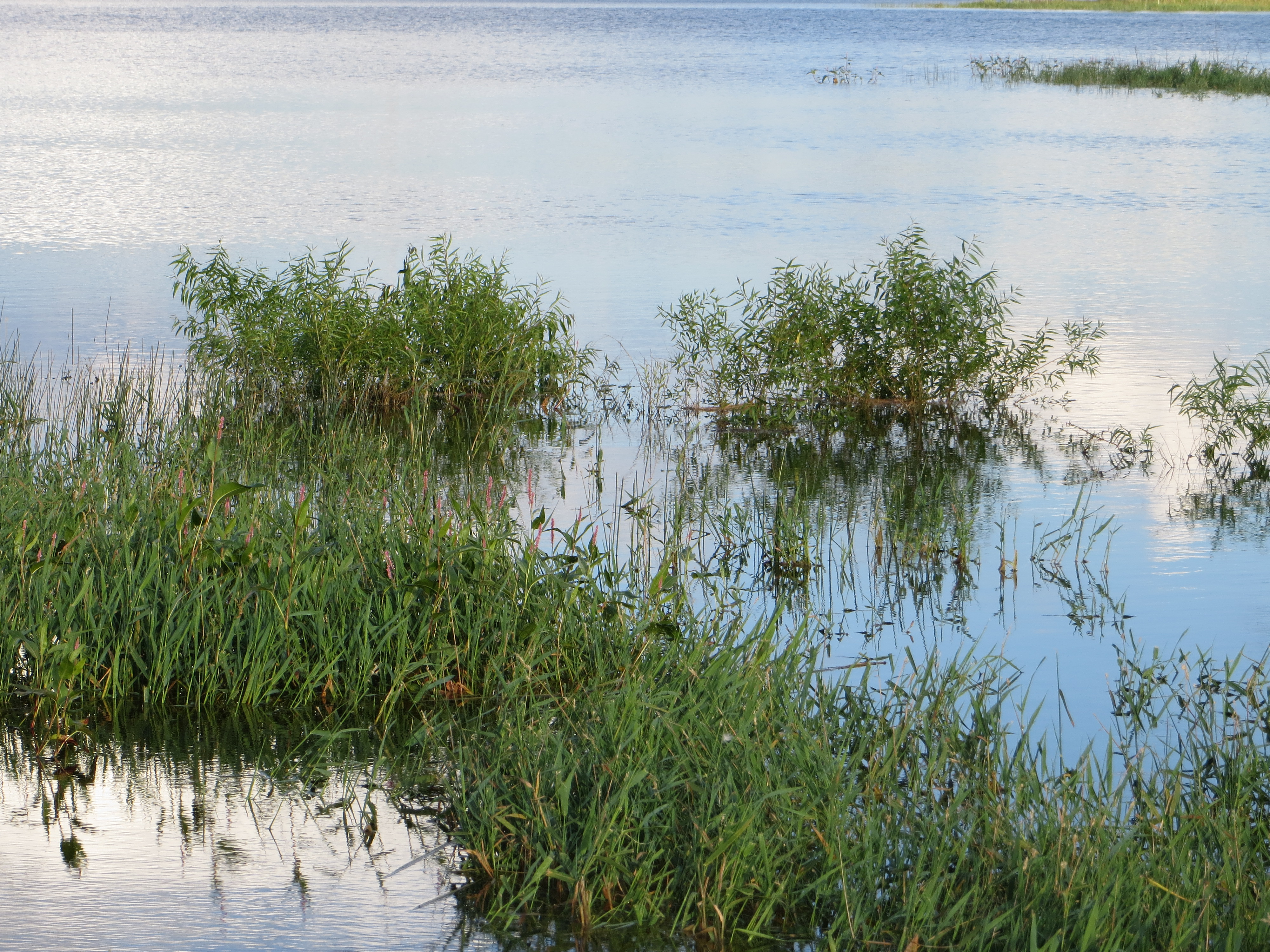
Ecological Importance
Aquatic grasses can be found growing in damp places or in the water emerging above the water's surface. Burr-reed, Bottle Brush Sedges, Bulrushes, Giant Cutgrass, Giant Foxtail, Maidencane, Paragrass, and Sawgrass are just a few for the aquatic grass species serving vital roles for a healthy aquatic ecosystem. Aquatic grasses provide habitat and food to all manner of amphibians, fish and wildlife while stabilizing shorelines and filtering nutrients.
Problems
In most cases, members of the grass family do not create any problem other than blocking the view for owners of lakes and ponds. Dense growth may hinder recreational activity. Selective control should be used in areas where problems occur.
Plant Description:
Leaves are long and slender, usually ten times as long as wide. Veins within the leaves run parallel to each other.
Hints to Identify:
Long, tall stems without leaves, or triangular stems that may have either long leaves.
|
Homeowner Treatment Options
|
| Shoreline Defense® Herbicide/Cygnet Plus Combo |
| *Aquatic Biologists recommends implementing preventative management techniques and physical removal prior to, or in conjunction with treatment. |
Common Application Questions:
Q. How much should I treat?
A. Spot treat as needed to maintain navigation channels and swimming areas.
Q. When is the best time to treat?
A. Once water temperatures are around sixty degrees or warmer.
Q. How often do I need to treat members of the Grass Family?
A. Two to three treatments may be needed throughout the growing season.
